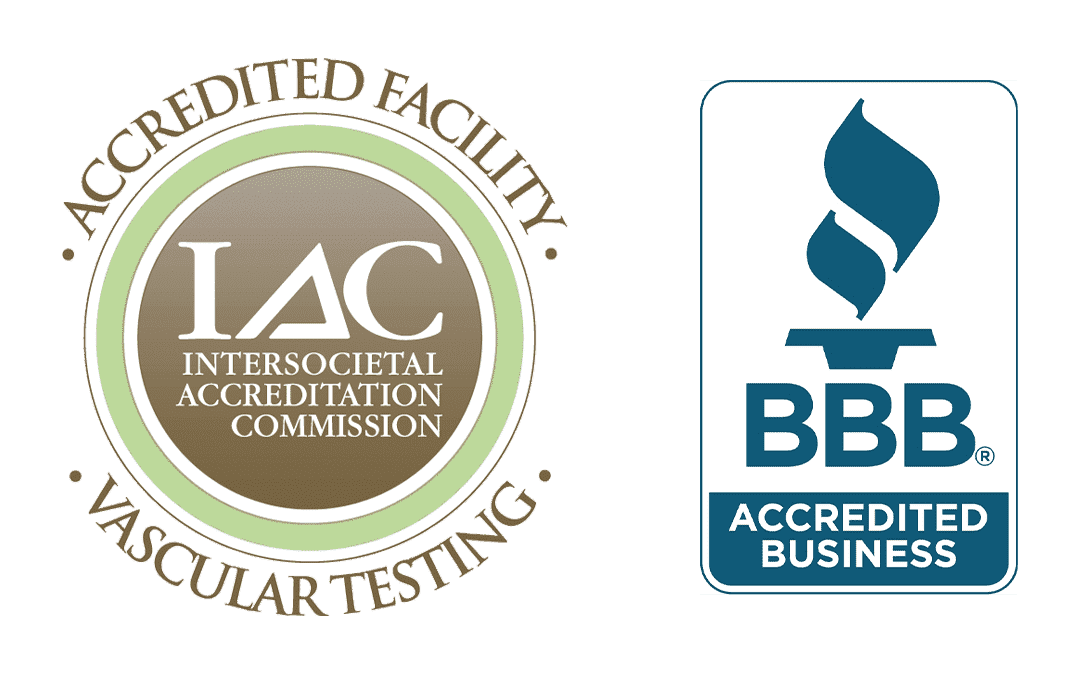Chronic Venous Insufficiency (CVI) is the most common cardiovascular disorder and is caused by malfunctioning valves in the venous system of the lower legs. During normal circulation, blood is returned to the heart by normal walking movements. When the valves within the venous system do not work properly, blood will pool and accumulates in the lower legs, causing increased pressure and leading to sensations of heaviness and pain. This can lead to serious health conditions if left untreated. Each year, approximately 150,000 new patients are diagnosed with Chronic Venous Insufficiency (CVI), with a patient cost of care at $500 million annually. The patients most often affected are females over the age of 50 with history of prior pregnancies.
There are often multiple causes of CVI: hereditary/family history, part of the aging process, the aftermath of multiple pregnancies, the type of job that requires sitting or standing for long periods of time, obesity, damage to the vein, or a prior Deep Vein Thrombosis (DVT).
Signs that a problem is present include enlarged varicose veins that are causing pain, swelling in the calves and ankles, flaky or itchy skin, burning, heaviness and tiredness in the legs. Another sign to be aware of are ulcers that may form on the leg and change in appearance.

You Have a Choice When It Comes to Vascular Care.
Get an Appointment at VIC In 3 to 5 Days – Without a Referral!
You Have a Choice When It Comes to Vascular Care.
Get an Appointment at VIC In 3 to 5 Days – Without a Referral!
A simple venous duplex ultrasound can be performed in an outpatient surgical/interventional setting, requiring little to no down time and virtually pain free. This will give your provider a look into the legs to evaluate the flow and determine the course of treatment that needs to be administered.
Treatment can be suggested based on the stage of disease the patient is facing. In the early stages of CVI, the main goal is to prevent additional pain on behalf of the patient. Modifications such as diet change and increased mobility, along with the use of wearing compression hose, may allow for improvements to manifest. The addition of medications to a patient daily “prescription” may ease symptoms and prolong the further development of the disease process. In more serious cases, procedures can be performed to deal with the troubled vein using thermal or chemical ablation to close the abnormal vein and reduce pressure on the system.
What are the best means of prevention for Chronic Venous Insufficiency?

As with all potential issues, being aware of problems within the body and early detection with needed intervention can make all the difference in the outcome that a patient can experience. Simple lifestyle changes may be all that is needed to control the condition and prevent an intervention. Be evaluated early if there are concerns.
CVI is caused by abnormally high pressure in the venous system. One of the common symptoms described is a sensation of pain, heaviness, or pressure. You can also notice varicose veins, spider veins in the legs, excessive swelling in the calf and ankle areas, and lower leg or foot discoloration. If left untreated, the texture of the skin can change, becoming tough and leathery. During the final stage of disease, open sores known as ulcers will develop, making the condition more difficult to treat.
Varicose veins, swelling, cramping, heaviness, skin changes, open sores or ulcers
Some patients can feel relief from CVI by wearing a compression hose to improve their blood flow and control swelling. Other patients may need to undergo endovascular procedures to remove or treat a diseased vein or improve the blood flow in the vein system with venoplasty (ballooning) and stenting.
About 50% of men and women living in the United States suffer from some form of CVI, and of those over the age of 50, females – specifically women who have had multiple pregnancies – are the most affected.
Stop smoking, lose weight, eat healthily and exercise, avoid sitting or standing for long periods of time, wear supportive shoes, and adopt a healthy lifestyle.
